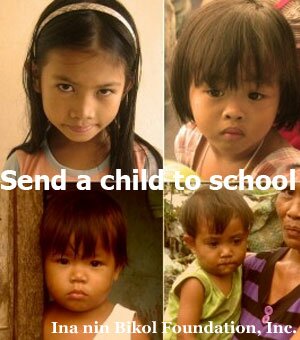East Asian women and Mary, a Woman for Our Times
On the other hand, there are many women who migrate to East Asia from poorer Asian countries to work as domestic workers, in low-paid sweat shops, or marry foreign men. Their lives are often marked by exploitation and violence.
They lamented their secondary status in the Church. They felt the Church does not reflect the servant leadership of Jesus. They regretted the male leadership is reluctant to recognize violence done to women in the Church as a result of the unequal distribution of power and sexual abuse. They feel disappointed the Church only apologizes for mistakes but doesn't correct them.
This was revealed in the sharing of women from Hong Kong, Japan, Korea, Macau and Taiwan, in the presence of five bishops, and a few priests, during the East Asia BILA (Bishops' Institute of Lay Apostolate) II on Women in Touyuan, Taiwan May 3-7. The meeting reflected on "Mary Truly a Woman for our Times."
A picture of Mary unfolded in eight elements that relate to women's lives today: The youthful Mary; the traveling Mary; the pregnant Mary; Mary exploited and a refugee; Mary the married woman; Mary the woman of celebration; Mary the victimized mother; and Mary the prayerful disciple. "Aside from opening our eyes to women of today, she opens our eyes to bring the Good News to these women so that they could experience the power of her son. This would be our work of evangelization," said Filipino Bishop Luis Tagle of Imus.
While, reflecting on Mary, several issues were raised. Participants asserted that Mary's Magnificat today would denounce greed, materialistic values, selfishness, unfaithfulness, violence done to women, to all the weak and wounded of society and the environment.
The important challenges to the Church in East Asia listed in the final statement of the meeting are:
i. To model equality and mutual respect in relationships between the sexes, within the Church which affect the way they relate to each other in life.
ii. To examine the underlying reasons why women in East Asia are choosing not to marry and start a family.
iii. To empower aboriginal women who marry, have children, live in poverty and suffer domestic violence.
iv. To support victims of sexual harassment, as well as create awareness on sexuality in the Church for both men and women.


